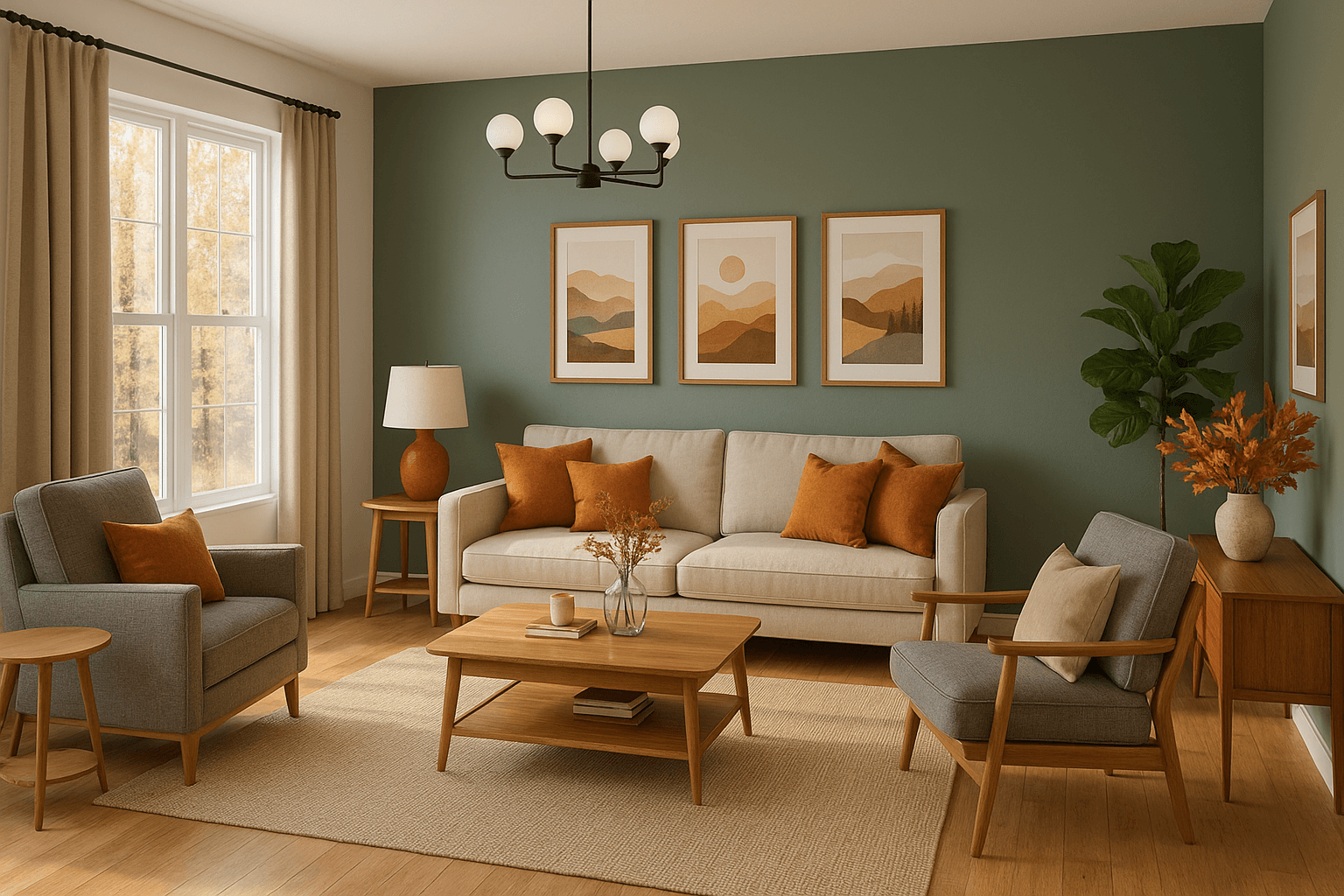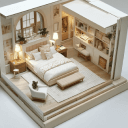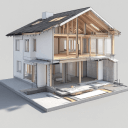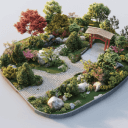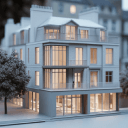Interior design is as much about communication as it is about creativity. As a professional interior designer, I’ve witnessed firsthand how difficult it can be to convey a vision using only floor plans and mood boards. That’s where modern technology has truly transformed our industry.
The advent of user-friendly 3D room design tools has revolutionized how designers and contractors work together to plan spaces. One such powerful tool is Arcadium 3D, an online platform that puts advanced interior modeling capabilities right in your browser.
By leveraging a 3D design tool like Arcadium, anyone – from seasoned interior designers to building contractors and even homeowners – can now visualize and execute a project with far greater clarity and confidence than ever before.
In this article, I’ll explore five key benefits of using a 3D room design tool for interior designers and contractors. These benefits aren’t just theoretical; they reflect real improvements I’ve experienced in my own workflow. From achieving client buy-in through realistic visuals to avoiding costly on-site errors, a tool like Arcadium 3D can be a game-changer in the design-build process.
Let’s dive into how 3D design software is transforming the way we design and construct interior spaces, and why it’s quickly becoming an indispensable part of the toolkit for industry professionals.
Check Out Our Tool
1. Realistic Visualization for Better Client Buy-In
Arcadium 3D's room design software makes it easy to create realistic 3D layouts, like the furnished bedroom design pictured above. Having a clear 3D visualization helps both clients and contractors understand the proposed design, reducing ambiguities in the project. In this model, details such as furniture placement, decor, and even lighting are represented true-to-scale, demonstrating how the tool aids in precise planning.
One of the biggest advantages of 3D design tools is the ability to visualize the finished space in realistic detail. Instead of trying to interpret flat blueprints or sketchy drawings, clients can now virtually walk through a model of their future room. As an interior designer, I’ve found that presenting a lifelike 3D render of a living room or kitchen instantly bridges the gap between the idea in my head and the client’s understanding of it.
With Arcadium 3D, for example, I can generate a photorealistic view or even apply different décor styles to the same room with a few clicks, thanks to its AI-powered visualization features. This means I can show a client multiple style options (modern, rustic, minimalist, etc.) for their space without redrawing everything from scratch.
The impact on client buy-in and satisfaction is tremendous. When clients can see exactly what the design will look like – from the exact sofa and coffee table placement down to the textures of the hardwood floor – they feel more confident and excited about the project.
It’s no surprise that surveys indicate projects using 3D models see a notable boost in client satisfaction (one report cites around a 20% increase in satisfaction) due to this improved understanding and alignment of project goals. They can virtually stand inside their future room and say, “Yes, this is what I want.” This realistic visualization helps secure approvals faster and with fewer revisions.
In fact, homeowners and stakeholders are far less likely to request last-minute changes when they’ve already toured the space in 3D and agreed it meets their expectations.
For contractors, realistic 3D visuals are just as beneficial. A 3D room design tool produces a model that a contractor can examine from all angles. This eliminates a lot of guesswork. Instead of deciphering 2D plans and imagining the outcome, the contractor can clearly see how high the cabinets go, how the lighting is supposed to be arranged, or how a custom shelving unit fits into a wall.
Misinterpretations that often occur with flat drawings are greatly minimized. Everyone ends up on the same page. By the time construction begins, both the designer and the contractor share a clear mental image (and a digital model) of the end result. This shared vision means fewer misunderstandings, which again translates to time saved and a happy client.
As one architect noted, using Arcadium 3D to convey three-dimensional ideas to clients is “fantastic for getting ideas across quickly – other software can be very time-consuming and fiddly”. In short, realistic visualization is a win-win: clients feel confident about what they’re getting, and contractors have a crystal-clear target to build toward.
2. Faster Design Iterations and Time Savings
In the world of design and construction, time is money. The faster and more efficiently we can iterate on a design, the quicker we can move from concept to completion. Using a 3D room design tool greatly accelerates the design process compared to traditional methods. For example, Arcadium 3D runs entirely in the browser with no heavy software to install, which means you can start a new project instantly whenever inspiration strikes.
I’ve literally had situations where an idea hits me late at night, and instead of sketching on paper and waiting days for a CAD specialist, I jump into Arcadium 3D and prototype the idea on the spot. By the next morning, I have a tangible concept to show – a process that used to take weeks can now happen in hours.
There are a few reasons for this boost in efficiency. Firstly, tools like Arcadium come with extensive built-in libraries of furniture, fixtures, and materials. Drag-and-drop simplicity allows me to try out different sofas, change wall colors, or swap flooring with minimal effort. The software handles the heavy lifting of rendering 3D views in real time, so I don’t have to manually draft multiple perspectives.
Additionally, Arcadium’s dynamic components and alignment guides mean I spend less time fiddling to get things just right – if I stretch a table or resize a cabinet, the component intelligently adjusts without distortion. This parametric flexibility lets designers experiment more freely and waste less time wrestling with software.
The result is that design decisions are made much faster. In fact, data shows using visualization tools can reduce decision-making time by up to 40% in renovation projects. I can attest to this: when clients see options in 3D, they can choose what they like (or don’t like) on the spot, rather than going back and forth over 2D drawings that they may not fully grasp.
That quick feedback loop means we iterate rapidly to zero in on the perfect plan. For interior designers, this agile workflow enables us to take on more projects or devote saved time to refining the details that truly matter, rather than redrawing plans over and over.
Contractors feel the benefits of this speed as well. A faster design phase means the construction phase can begin sooner with a well-vetted plan. Also, when changes are needed, a 3D model can be adjusted in minutes and re-shared, whereas revising traditional plan sets could take days.
Think about a scenario where a structural issue forces a change in layout – with a 3D tool, the designer can quickly modify the model and instantly update the contractor by sharing the new 3D view or floor plan. This kind of real-time update capability keeps the project timeline on track. Arcadium 3D being an online platform is ideal for such situations: the updated design can be accessed via a simple URL by anyone, anywhere, immediately.
No more waiting for PDF drawings to be issued and interpreted – the contractor sees the new plan in 3D and can continue work with minimal downtime. In summary, the speed and efficiency gains from 3D design tools help both designers and contractors deliver projects faster and more smoothly.
Check Out Our Tool
3. Accuracy, Fewer Errors, and Cost Savings
Design and construction errors are not only frustrating – they can be extremely costly. A wrong measurement or an overlooked clearance in the planning stage might result in expensive change orders or delays once construction is underway.
This is where a precise 3D room design tool shines by enabling a “measure twice, cut once” approach in a virtual environment. By using a
3d room designer free
like Arcadium 3D during the planning phase, interior designers and contractors can catch potential issues digitally before they become real-world problems.
One major benefit of 3D modeling is accuracy. When I draft a room in Arcadium, I input exact dimensions for walls, windows, and furnishings, ensuring the digital model is to scale down to the inch or centimeter. The software’s smart tools (like auto-align and snapping, plus built-in standard dimensions for objects) act as a safety net to maintain precision.
For instance, if I place a kitchen island, I can immediately verify there’s enough clearance between it and the cabinets for comfortable movement. Or if a client wants to add a king-size bed, I can drop it into the model and instantly see if it fits the bedroom with adequate space around it.
These kinds of checks are easy to overlook on a flat sketch but become obvious in a 3D model. Arcadium even allows switching to an overhead outline or elevation view in one click, which helps double-check that electrical outlets, windows, and fixtures line up correctly for the contractor’s reference.
By catching design conflicts early, we drastically reduce errors and rework during construction. There’s far less “I didn’t realize that wall was so long” or “We have to relocate the vent pipe because it clashes with the design” – those revelations happen on the computer screen, not after materials have been ordered.
According to industry findings, utilizing 3D modeling can significantly cut down on on-site mistakes and discrepancies; the flexibility to revise the model multiple times means by the time it’s finalized, most errors have been ironed out. In my own practice, once we moved to 3D planning, the change orders from contractors due to design oversight dropped noticeably.
Fewer errors also mean cost savings: when you don’t have to rip out a mis-placed wall or reorder custom cabinets because they were initially measured wrong, you save thousands of dollars in waste.
Contractors particularly appreciate this aspect. Clear 3D plans eliminate a lot of ambiguity from construction. They can trust that the measurements are correct and that the designer has considered things like door swings, ceiling heights, and furniture scale properly.
Moreover, with Arcadium 3D’s ability to produce 2D plans and elevations directly from the model, contractors get reliable documentation to work from. It’s much easier to build accurately when the design plans are consistent and detailed. Improved communication through the model also prevents costly misunderstandings.
Clients present a detailed 3D model of their vision, and contractors can interpret it with ease, which “reduces misunderstandings that lead to costly revisions” in the field. All parties stay aligned on the plan, so the project adheres to the budget without surprise expenses popping up later.
In essence, a good 3D design tool functions like a digital insurance policy – investing time in precise modeling upfront saves everyone from budget headaches and construction hiccups down the road.
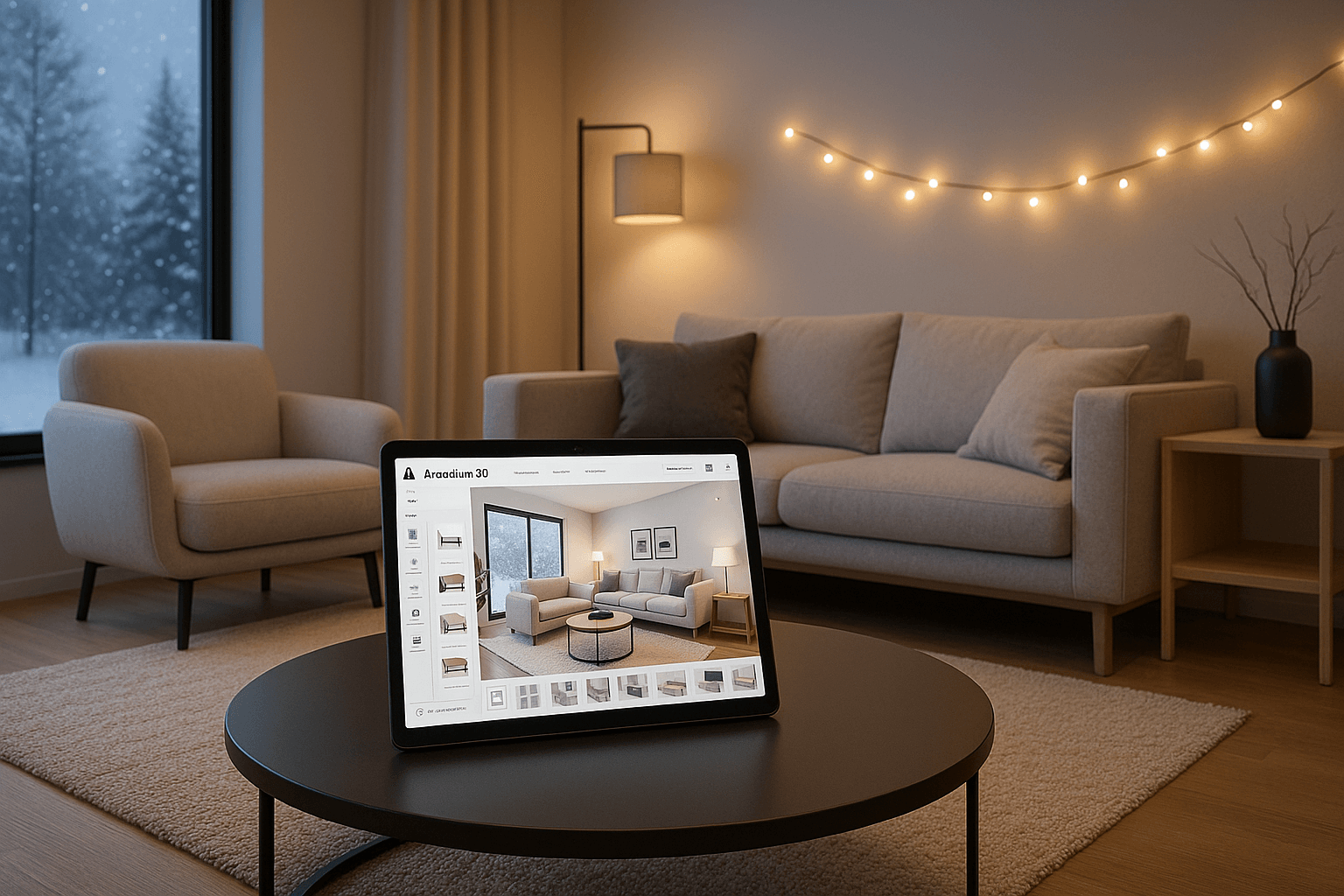
4. Seamless Collaboration with Clients and Contractors
Designing a space isn’t a solo endeavor; it’s a team effort that involves clients, interior designers, architects, and contractors all working in sync. One of the most valuable benefits of an online 3D design tool is how it facilitates collaboration and communication among all stakeholders.
Arcadium 3D, in particular, was built with collaboration in mind – it’s entirely cloud-based, which means sharing a design is as easy as sending a link. In my experience, this has removed many of the traditional barriers between the creative side and the build side of projects.
With a 3D room design tool, clients and contractors can be invited into the design process in meaningful ways. Instead of just handing over a static blueprint, I can share an interactive 3D model with the client and the contractor early in the process. The client can navigate the model on their own computer or tablet, taking a virtual walkthrough of their future space.
This often triggers more insightful feedback – for example, a client might virtually “stand” in their modeled kitchen and realize they’d like additional lighting over the sink, or a half-wall instead of a full partition. They can communicate these thoughts more clearly because they can point them out in the model.
Arcadium allows clients to even make simple model suggestions themselves if given access, since the interface is user-friendly enough that even a non-designer can tinker with it. I’ve had tech-savvy clients who enjoyed rotating furniture or trying a different paint color in the model on their own; this kind of engagement makes them feel a valued part of the design process.
For contractors, the collaborative benefits are equally significant. Traditionally, by the time a contractor sees the plans, the design is “finished” and their job is to execute. But with a shared 3D model, contractors can review and give input during the design development.
They might point out structural feasibility concerns or suggest minor tweaks that make construction easier – all while looking at the same 3D visualization the designer and client are looking at. This early input helps avoid late-stage surprises.
I remember a project where the contractor used the Arcadium model I provided to virtually “walk through” a proposed restaurant interior; he identified a potential bottleneck in the server pathway that wasn’t obvious on 2D plans. We adjusted the layout in Arcadium in a matter of minutes, and the final design was all the better for it – a problem solved collaboratively before it ever became a costly issue on site.
Another advantage is how easy it is to share updates and keep everyone on the same page. If I make changes to the design, I simply update the model and the latest version is instantly accessible to everyone with the link. Clients and contractors can always be looking at the current plan, even if we’re all in different locations.
This came in handy especially in recent years with more remote meetings – I’ve done design presentations over Zoom where I live-navigated the Arcadium 3D model of a house, while the homeowner and contractor watched and directed me to try adjustments in real time. It felt as if we were all in the space together, visualizing the changes instantly.
Collaboration doesn’t get much more seamless than that. Indeed, having an interactive model as a common visual language facilitates better communication across the board – architects, designers, clients, and contractors can all understand each other without technical jargon getting in the way.
This 3D room design tool effectively becomes a single source of truth for the project, ensuring that the creative vision and the execution plan are perfectly aligned through each step of the journey.
5. Enhanced Creativity and Design Empowerment for Everyone
Perhaps one of the most exciting benefits of using a 3D design tool is how it unlocks creativity and makes the design process accessible to everyone involved. For interior designers, having a flexible 3D canvas means we can explore bolder ideas with less risk. Want to see how a daring patterned wallpaper might look in the dining room? Or curious if a different furniture layout would improve flow?
In a 3D room designer, trying it out is quick and doesn’t cost a dime. Arcadium 3D, for instance, lets me duplicate a design and whip up multiple variations in parallel – different color schemes, alternate finish materials, even entirely different style themes – without having to start from scratch. This encourages experimentation.
I often create two or three style options for a room and then get feedback on which one resonates most. In the past, doing so would have been prohibitively time-consuming; now it’s a natural part of my workflow. The result is more creative, well-thought-out designs because we had the freedom to test ideas.
In fact, many designers say they can “experiment more and waste less time” when the software is easy to use, which ultimately leads to more innovative solutions for clients. The beauty of user-friendly 3D tools is that you don’t need to be a CAD expert or an architect to use them.
Arcadium 3D was intentionally designed to have an intuitive interface that a beginner can master in minutes. As a result, the tool doesn’t just empower professional designers – it empowers clients and contractors too. I’ve seen contractors use Arcadium to sketch out their own ideas for a built-in or to double-check a design by modeling a quick scenario.
One contractor I worked with on a home addition project took the Arcadium model of the house and experimented with a different roofline and porch configuration on his own. He wasn’t formally trained in architectural software, but Arcadium’s accessible controls (like drag-and-drop and straightforward measurement input) made it possible for him to contribute ideas directly. This kind of cross-disciplinary creativity can be incredibly valuable. It was as if the tool leveled the playing field so that anyone with a good idea could express it visually.
For clients, having access to a 3D room designer means they can play a more active role in crafting their dream space. I sometimes encourage clients to try Arcadium 3D themselves to mock up a rough idea of what they want, especially at the brainstorming stage. It’s free to use, so curious homeowners can dabble without any barrier to entry.
When clients invest time to create their own versions or mood models, it often leads to deeper discussions and a design that truly reflects their personality – they feel empowered because they had a hand in it. This doesn’t undermine the designer’s role; rather, it enriches the collaboration. As a professional, I then take their input and refine it with my expertise, using the tool’s more advanced capabilities.
Arcadium 3D manages to pack professional-grade features (like precision editing, lighting effects, and high-quality rendering) without the complexity that typically comes with pro software. That means I can push the software to do sophisticated things, but a newbie user can still navigate and create basic layouts easily.
Ultimately, the accessibility of a tool like Arcadium broadens the horizons of what’s possible in design. It democratizes design to some extent – great ideas can come from anyone at the table, and now those ideas can be visualized. For interior designers, this is a gift: the more input and creative exploration we can accommodate, the richer the final outcome.
For contractors, an easy-to-use design tool can help in planning out custom builds or communicating options to clients, all without needing a separate specialist to produce visuals. And for the industry at large, it means better designs and happier clients.
By empowering everyone to contribute to the design process and by making complex design tasks simpler, 3D room design software like Arcadium 3D is fueling a new era of creativity and collaboration in interior design and construction.
Conclusion
The design and construction landscape has changed dramatically with the rise of powerful yet accessible 3D room design tools. What used to require teams of drafters and days of explanation can now be achieved in a single afternoon by one determined designer (or even a motivated homeowner) armed with the right software.
As we’ve explored, there are compelling benefits for both interior designers and contractors. From hyper-realistic visualizations that win client approval and guide builders, to the time and cost savings gained by catching errors early and iterating quickly, the advantages are hard to ignore.
Enhanced collaboration ensures that everyone – creative and construction teams alike – moves forward with a unified vision. And perhaps most inspiring is how tools like Arcadium 3D have made the design process more inclusive and creative, allowing anyone to participate in shaping a space.
In summary, the ability to “see it before you build it” changes everything. For interior designers and contractors aiming to deliver top-notch results in the modern era, leveraging a 3D design platform like Arcadium 3D isn’t just beneficial – it’s a smart move that elevates the entire design-build experience for all involved.
Check Out Our Tool


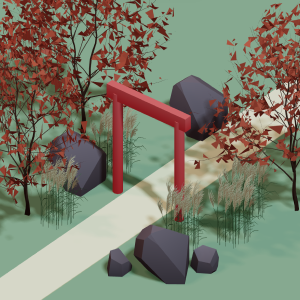 All training, tips and articles
All training, tips and articles
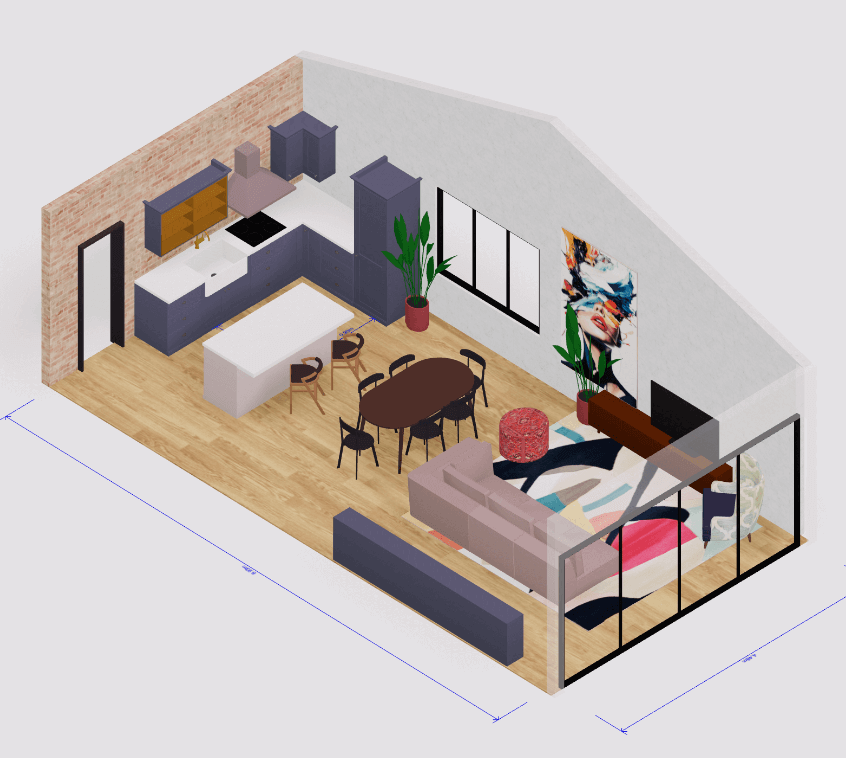 3D house design tool
3D house design tool
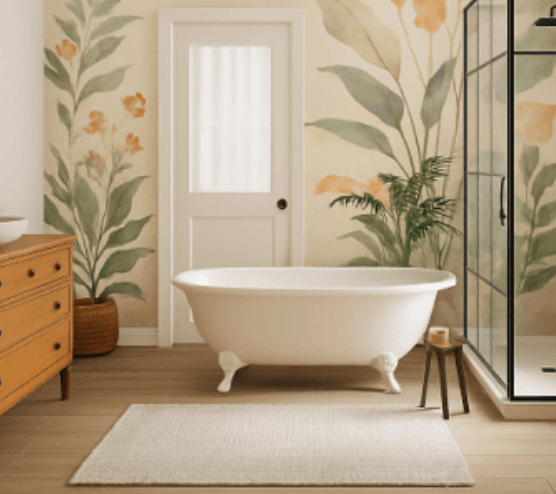
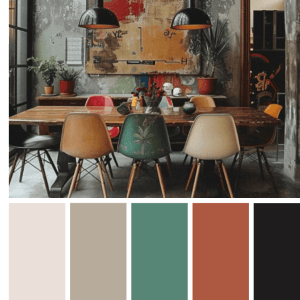 Color palette generator
Color palette generator
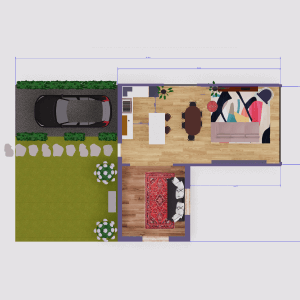 Floor plan creator
Floor plan creator
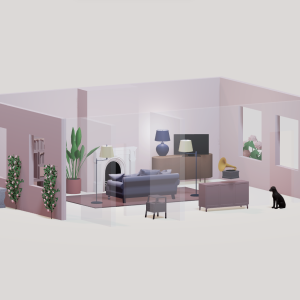 Interior design app
Interior design app
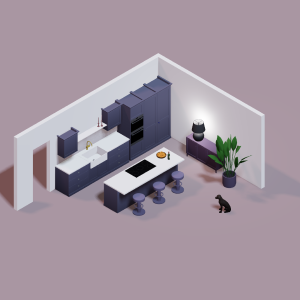 Kitchen design tool
Kitchen design tool
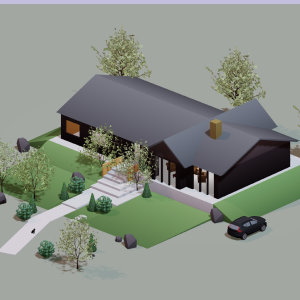 House design software
House design software
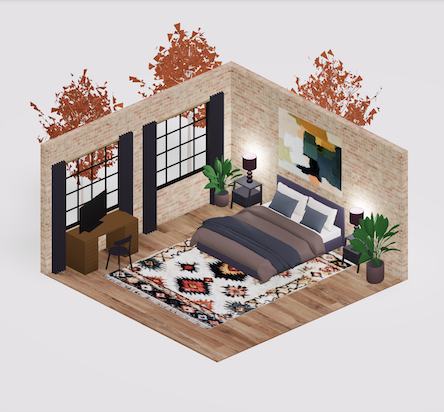 Room designer
Room designer
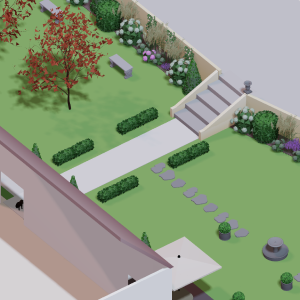 Landscape design software
Landscape design software
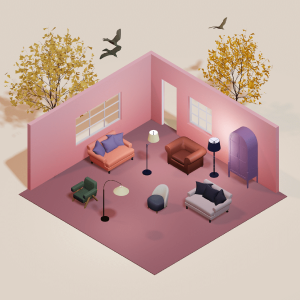 Bedroom design
Bedroom design
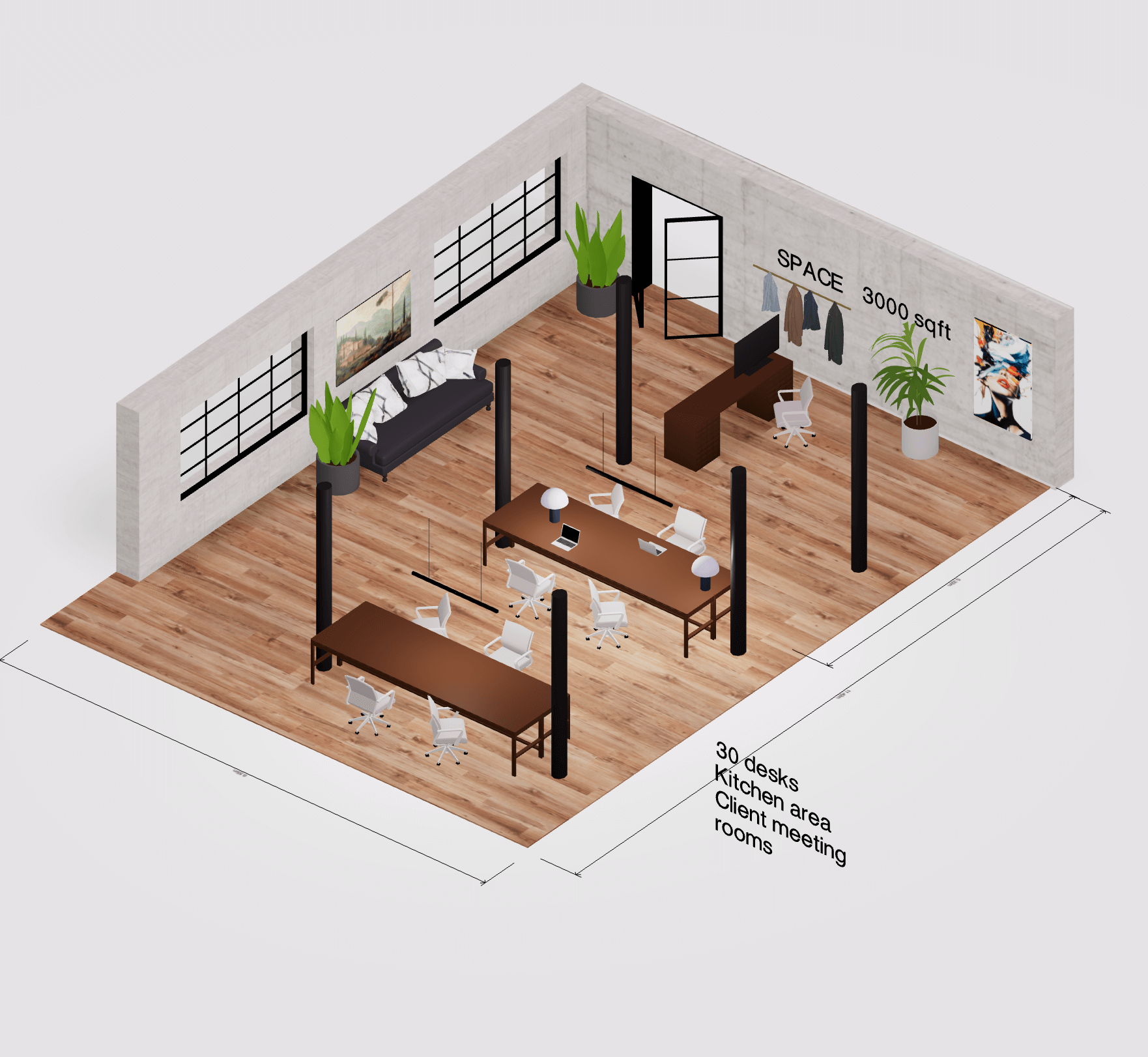 Office floor plan creator
Office floor plan creator
